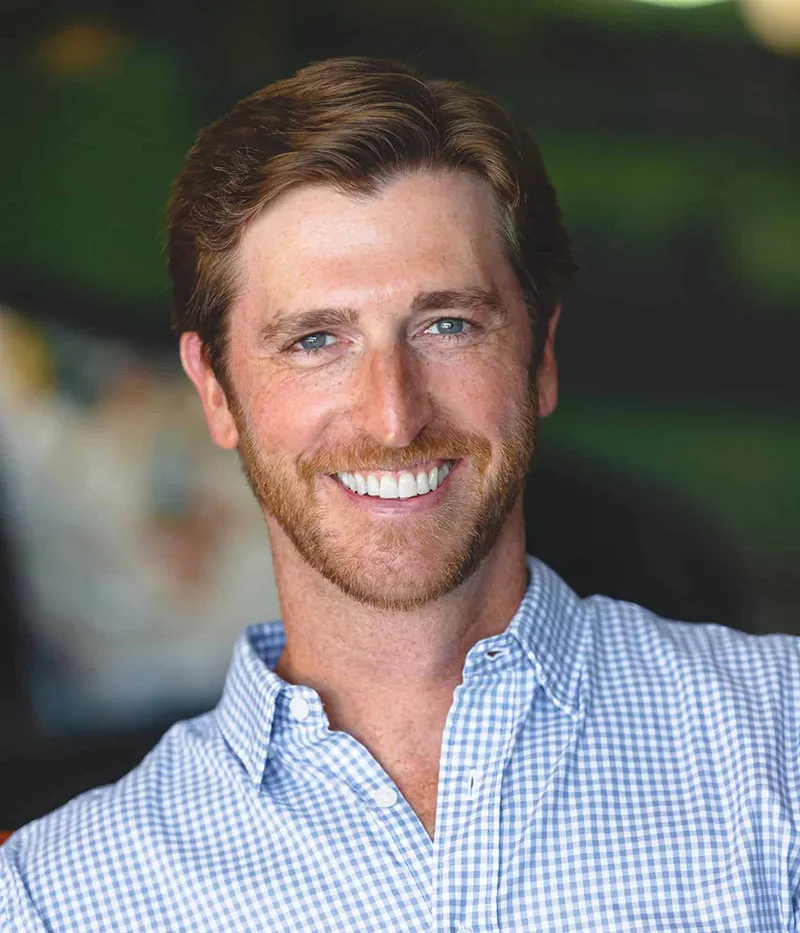My favorite thing about our business is opportunities to be creative and finding new inventive solutions to problems we face. We’re written in the past about how that manifests itself in the branding of our apartment communities or simply the things we see when we are walking our properties. It’s always a little risky to be creative, but usually it’s also very rewarding after the decision has been made and the end result has been had.
Our most recent creative experiment was probably our biggest risk to date–but also had the chance to be our biggest success. What was it?
Introduce an entirely new equity structure to our investors.
In all of our previous deals, we’ve had a very simple but effective structure. All investors are first class partners, and as the General Partners we are the second class partners. First class partners are all treated the same and offered the same returns, including a Preferred Return. Pretty standard structure within the industry. We don’t have any complicated waterfalls or multiple IRRInternal Rate of Return: a financial metric used to evaluate the profitability of a project or investment over time. It represents the discount rate at which the net present value (NPV) of all future cash flows from the investment becomes zero. View Definition hurdles to calculate potential returns. When the Investors do well, we do well. We value simplicity and alignment of interests.
One thing we had noticed, however, was that this structure was not serving all the interests of our investors. We’ve previously written about having two types of investors–one more focused on immediate cash flowThe money that is left over each month or year from the property's income after paying for operating costs, mortgage, taxes, and other expenses. Positive cash flow occurs when the income exceeds the expenses, while negative cash flow indicates that the property's expenses are higher than the income it generates. View Definition, the other more interested in long-term upside. With a single bucket of equity, the returns were a bit blended. You got a good amount of cash flow, and a good amount of upside. But neither end of the spectrum was great. After writing that article it really started to weigh on us. We’re building a great company, and we wanted to find a way to create great returns for our investors.
After having continuous conversations with investors, we started to ask more probing questions about the returns they were after. What was motivating those goals? What would they sacrifice in order to achieve those goals? We lobbed hypothetical scenarios in front of them. And continued to learn. To iterate. To apply those ideas to our underwriting models and see what the results looked like.
The final answer became clear–let’s offer two different classes of equity. An “A” class for those interested in Cash Flow, and a “B” class for those wanting more upside. The A shares would get immediate cash flow at a rate higher than our previous structure could offer; in exchange they would have limited upside at sale, but would get paid first. Perfect for more conservative, mailbox money oriented investors. The B shares would forego some immediate cash flow but receive a higher annualized return and equity multipleEquity multiple measures how much an investor's initial equity investment will grow over the holding period of the investment. It provides a way to understand how much money an investor can expect to receive back compared to what they initially put into the investment. View Definition down the road–ideal for the longer-term, growth oriented investor.
Rolling out something this new felt like a big risk for us. It was a fundamental shift in our offering, and communicating it would be very important. Then came along our latest deal–the biggest deal we’ve done, with the largest equity needs Was this the right moment to test a new theory, when we had over $15,000,000 to raise?
We were committed to this structure, so we decided to roll it out. A risk, yes, but every creative solution has some risk to it. And if you’re going to be a successful entrepreneur you have to take calculated risks.
The response?
It has been incredible. This equity raise, while our largest, has been the most enjoyable–and the easiest. By giving investors a choice, we’ve seen the response go through the roof. It has allowed investors to align their dollars more directly with their goals, and their appetite for risk. It has created new relationships with folks that had previously been sitting on the sidelines. And more than anything, it has created a vehicle for us to have new, deeper, more nuanced conversations with all of our investors. I feel like we know them better simply based on which class of equity they prefer.
Going forward, this structure is going to allow us to continue to find opportunities that meet our investors where they are. As their investing goals and needs evolve, we have a structure that will evolve with them. It feels much more personalized and customized to everyone’s individual needs, which I believe will continue to strengthen our relationships with each and every investor.
At the end of the day, we’re very excited about our new structure. We’re glad we stuck to our guns and took the risk of trying something new. And, we couldn’t be more energized about the future and the chance to provide investors with choice.
If you’re interested in learning more about the nuances of this equity structure and how it can help you meet your investing goals feel free to reach out.

Andrew Campbell is a native Austinite and Managing Partner at Wildhorn. He is a real estate entrepreneur who first broke into the business in 2008 as a passive investor. In 2010 he transitioned into active investing and management of a personal portfolio that grew to 76 units across Austin and San Antonio. He earned his stripes building and managing his personal portfolio before founding Wildhorn Capital and focusing on larger multifamily buildings. At Wildhorn, he is focused on Acquisitions and maintaining Investor Relations, utilizing his marketing and communications background to build long-term relationships.







